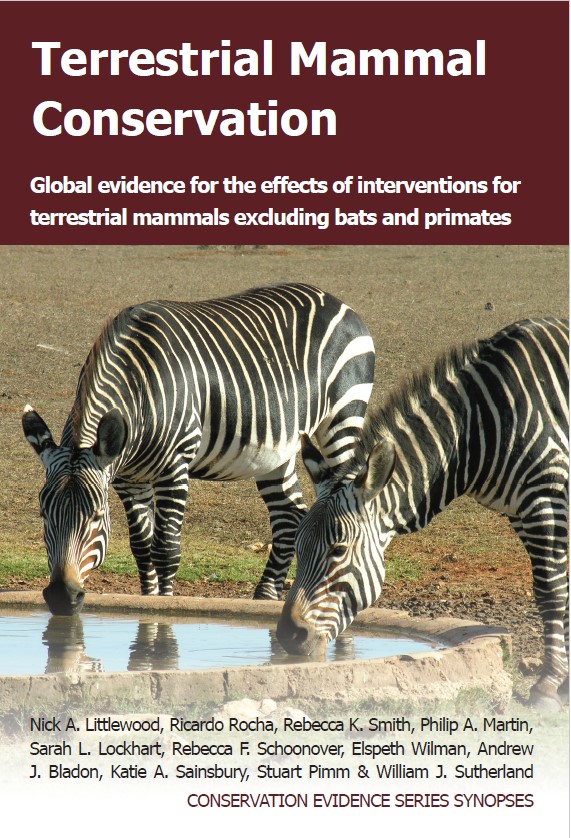Allow forest to regenerate naturally following logging
-
Overall effectiveness category Unknown effectiveness (limited evidence)
-
Number of studies: 1
View assessment score
Hide assessment score
How is the evidence assessed?
-
Effectiveness
45% -
Certainty
20% -
Harms
0%
Study locations
Supporting evidence from individual studies
A replicated, site comparison study, in 2008–2009, on three large adjacent coniferous forest sites in Ontario, Canada (Boan et al. 2011) found that, following clearcutting, large-scale natural forest regeneration increased moose Alces alces numbers relative to more intensive silvicultural practices (mechanical ground preparation, replanting and herbicide application) 10 years after felling but not 30 years after felling. The number of moose faecal pellet clumps was positively correlated with the extent of naturally regenerating forest that was felled 10 years previously in areas of 10, 20 and 40 km2 around the stand, but not with the extent subject to more intensive silviculture, nor with the extent felled 30 years previously and subject to either management practice (data not presented). Ten forest stands were felled 10 years previously (five regenerating naturally and five subject to intensive silviculture) and ten were felled 30 years previously (five regenerating naturally and five subject to intensive silviculture). Moose faecal pellet clumps were counted within five circles of 5.65 m radius in each stand between July and early September of 2008 or 2009.
Study and other actions tested
Where has this evidence come from?
List of journals searched by synopsis
All the journals searched for all synopses
This Action forms part of the Action Synopsis:
Terrestrial Mammal Conservation
Terrestrial Mammal Conservation - Published 2020
Terrestrial Mammal Conservation





)_2023.JPG)














